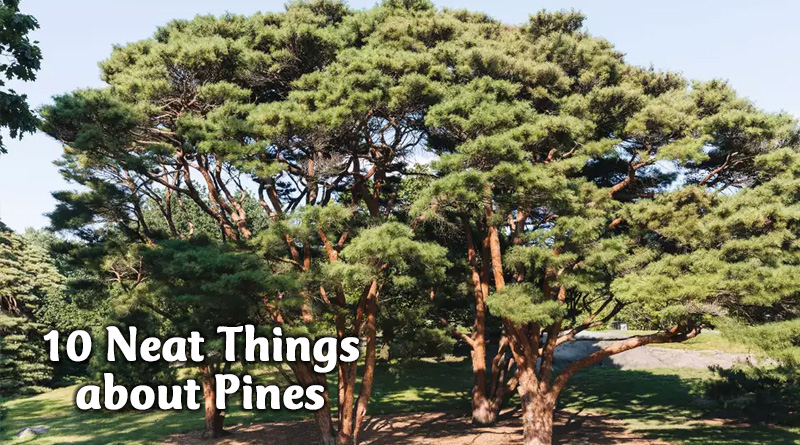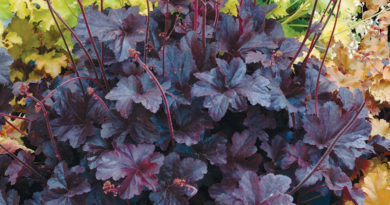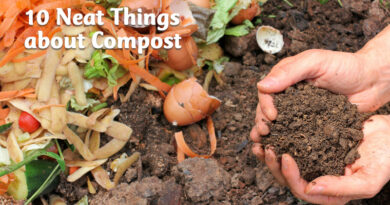About Pines
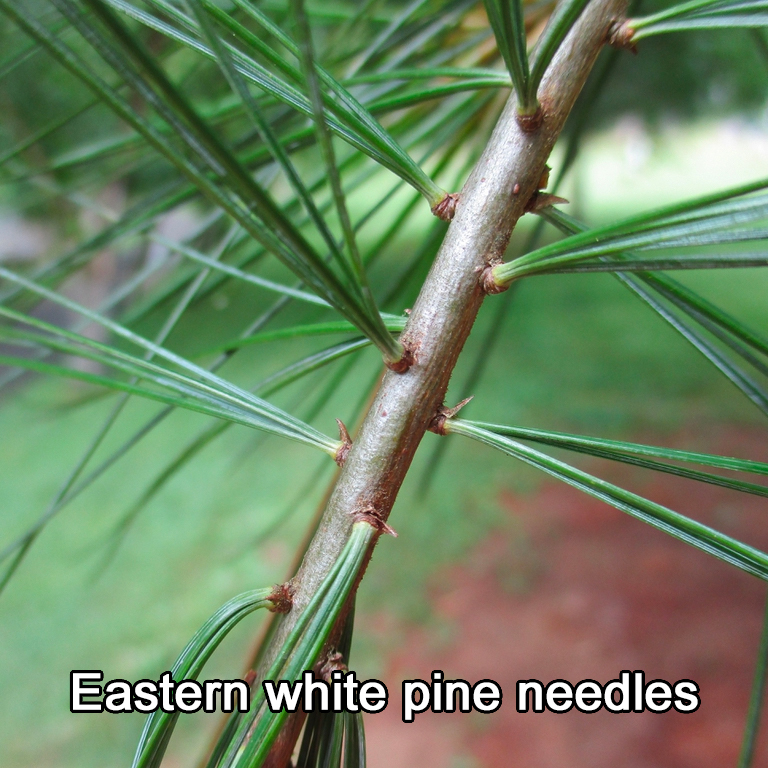
1. Pine needle bundles.
Pines send out their needles in clusters or bundles of two, three or five, depending on the species. These clusters are called fascicles and the number of needles in a fascicle is often used to identify the species. The eastern white’s needles usually occur in bundles of five (sometimes one or two needles will fall out of the bundle). Red pine and Norway pine produce bundles of three needles. The most common one in Canada, the jack pine, produces two needles per bundle.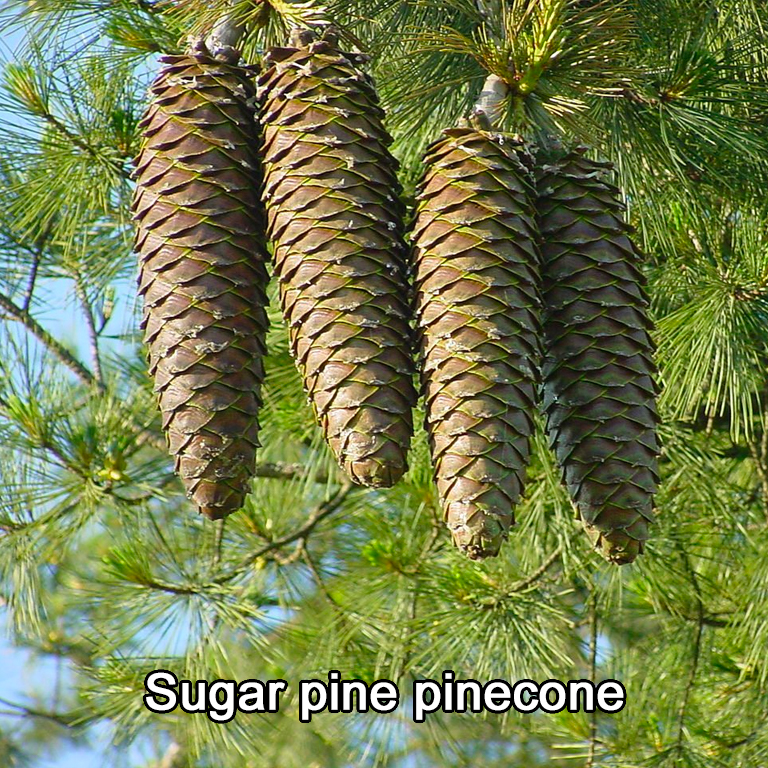
2. Pinecones up vs. down.
Pinecones are the largest cones produced by conifers and they hang from the branches rather than stand upright. The male cones are produced first, appearing in clusters at the tips of branches in the lower part of the tree, from whence their pollen is carried upward by the wind to pollinate the female cones in the upper branches. The male cone is soft and green or greenish, perhaps yellowish or even reddish, falling as soon as it sheds its pollen. Male cones are smaller than female cones, which are the stars. The sugar pine of Mexico produces pinecones up to 24 inches long. The Coulter pinecones of California and northern Mexico are the heaviest, weighing 4.4 to 11 pounds.

3. Hang onto your seeds.
Some pinecones, among them those of the jack pine, are serotinous, meaning that their seeds are sealed with resin to the cone structure, to be released only when heated to a very high temperature. This assures the survival of the species after a forest fire. Jack pinecones have been tested to withstand heat up to 482 Celsius and instantaneous blasts of up to 700 Celsius, although the resin that seals them melts at about 50 Celsius. Some other pinecones need the intervention of a bird to release their seeds. Each cone holds two seeds per cone scale.
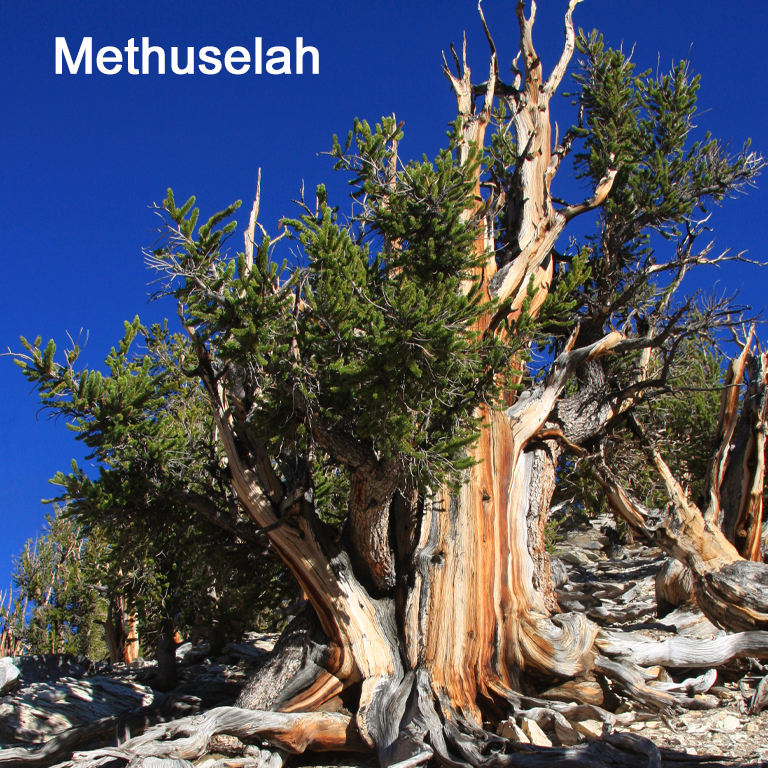
4. The most, tallest, oldest, fewest…
Pine trees are the most abundant and common of all conifers worldwide. The tallest of these is a sugar pine in Oregon, topping out at 273.79 feet. (an eastern white pine, the tallest tree in eastern Canada, typically tops out at 150 feet). The oldest tree, and the one that generally grows the longest, is a bristlecone pine; Methuselah is a specimen that is almost 5000 years old. Here in Canada, only one percent of the old growth eastern white pine that once covered vast tracts of the North American landscape remains. The rest were harvested for ships, masts and other lumber uses.
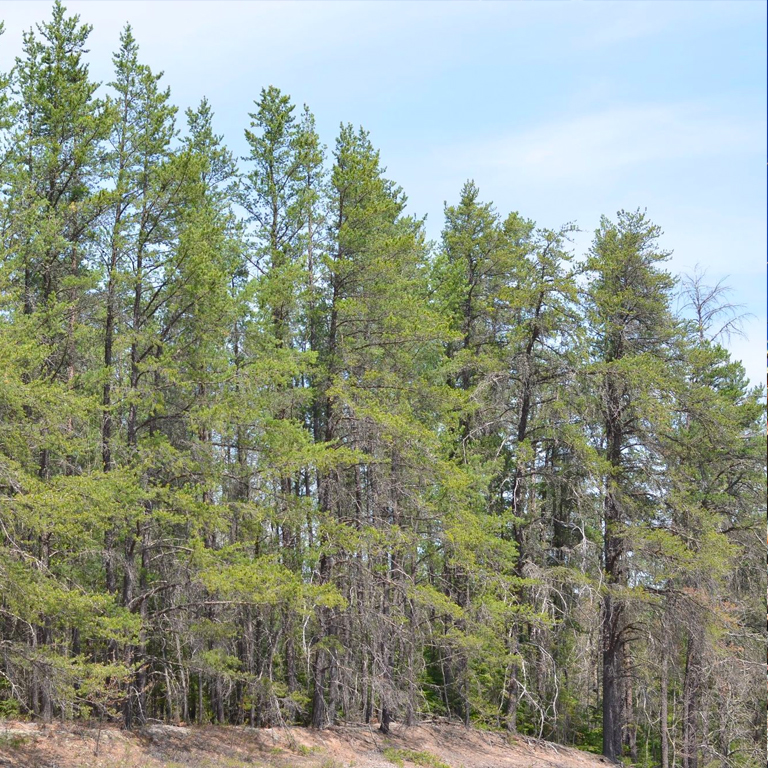
5. Growth on the sunny side.
Jack pine forests often look as though they are artificially planted. This is for two reasons:
First, they are all about the same size because they may have regenerated after a forest fire and are therefore all the same age, and second, they will not grow in shade so space themselves out to get the most sunlight, their lower branches falling away as they grow toward the light. The lower trunks will be bare.
6. Tree eater.
The word Adirondack means tree eater in Iroquois or Mohawk, and while the term referred to the beaver, it is said also to have been used to refer to the Algonquin-speaking people – among these, the Ojibwa. The reason for this is that Ojibwa and their kin would strip the inner (cambium) layer of bark and pound it into a kind of flour. They also ate young male cones, which are reported to be sweet rather than bitter. And of course, pine nuts are a favourite everywhere.
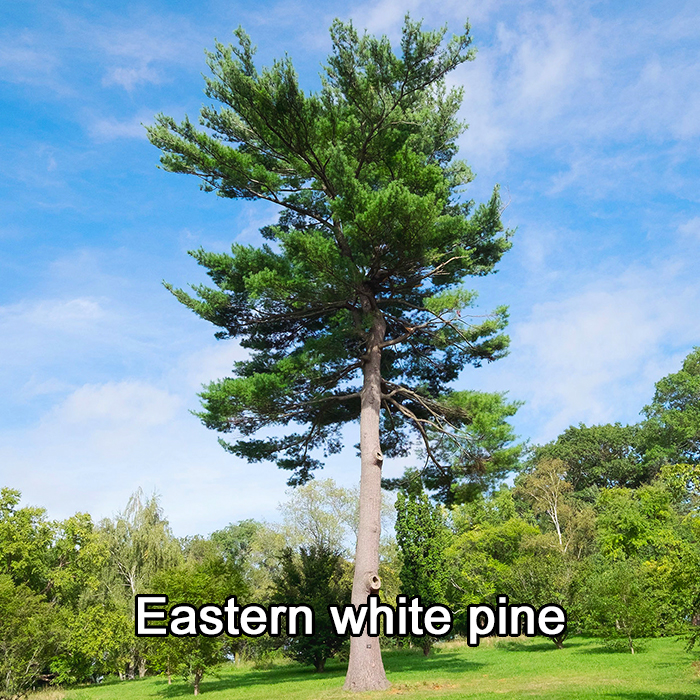
7. Pine for peace.
It has had many meanings to many people but for some First Nations in North America, the eastern white pine was the tree of peace and it was among its roots that war weapons were buried. The five-needled fascicle of this species represented the five nations of the Haudenosaunee confederacy. These First Nations also burned the wood of the white pine to pacify ghosts and banish nightmares. In Japan, China and Korea, it is the tree of longevity, virtue and youth. It also symbolizes masculinity and power, somewhat contradicting the fact that the strength of its fruit (the cones) lies with the female…
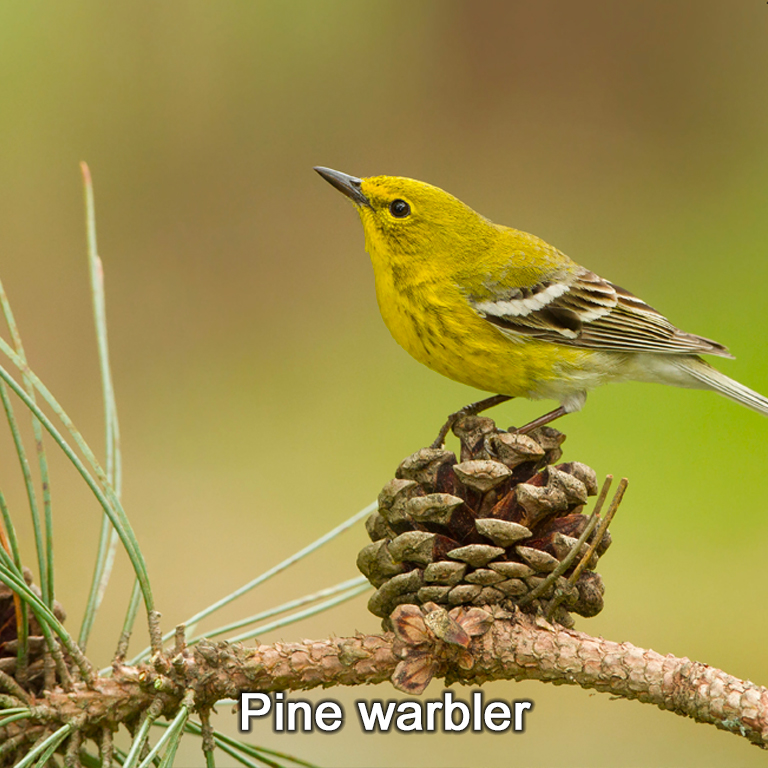
8. Birds of the pine.
It is intuitive to think first of the pine siskin, a little nomadic bird that resides in other conifers, too, as being the bird of the pines. But all kinds of birds like pines, including the pine warbler, a small yellow and brown bird that lives in the highest branches in southeastern Canada and mainly eats the seeds. If you have a pine tree in your backyard, you will probably see crossbills, chickadees, pileated woodpeckers and many other seed-eating birds.
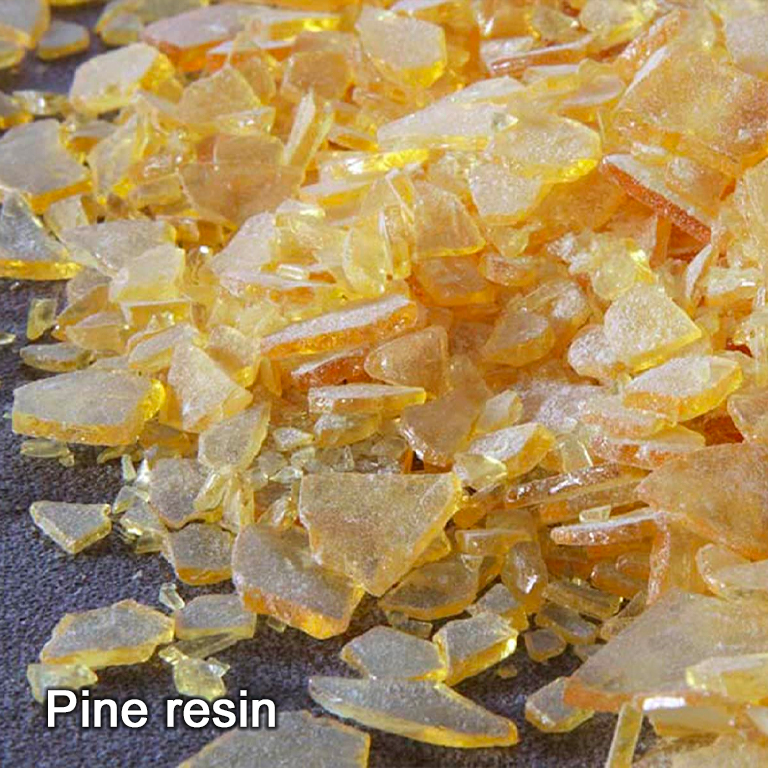
9. Pine stuff.
Pine resins and tar have been used medically in a number of ways. The dried bark or pine needle tea provides a high amount of carotenoids and vitamins C and A. The tea has been used as an expectorant to treat colds. It has many natural antiseptic properties. It has been used to make disinfectants and for cleaning products such as Pinesol. Pine resin is the source of turpentine. In Greece, the resin is added to a white wine (retsina).
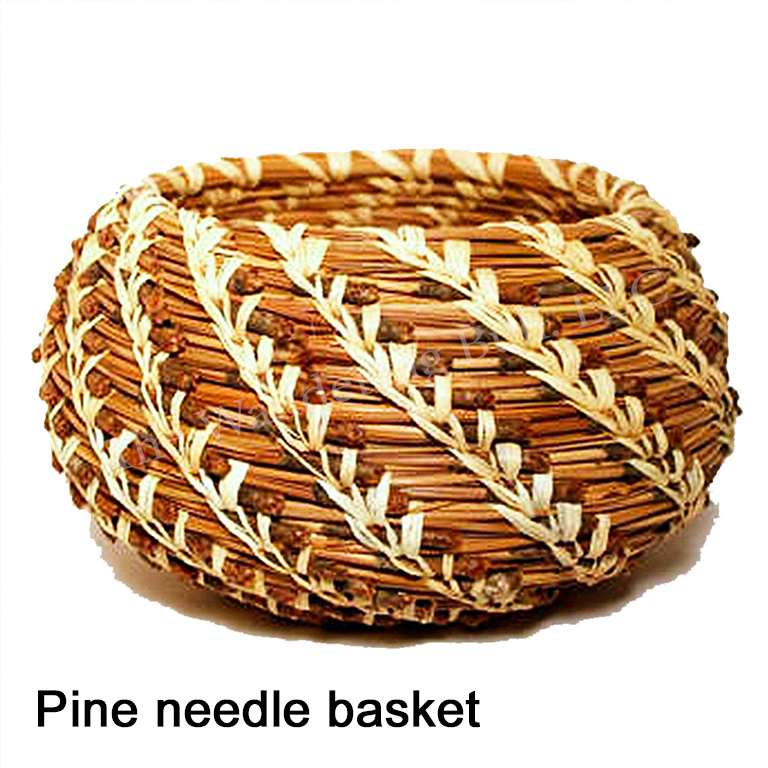
10. Pine needles.
Pine needles are attractive as food to some butterflies and moths, but they are also used by humans to make beautiful pine needle baskets, which were created by the Seminole tribes in America over 9,000 years ago.
– Dorothy Dobbie Copyright©
Pegasus Publications Inc.

